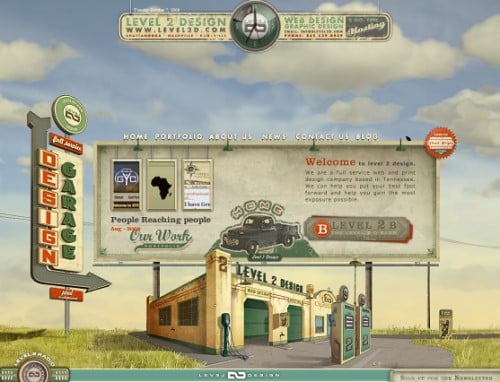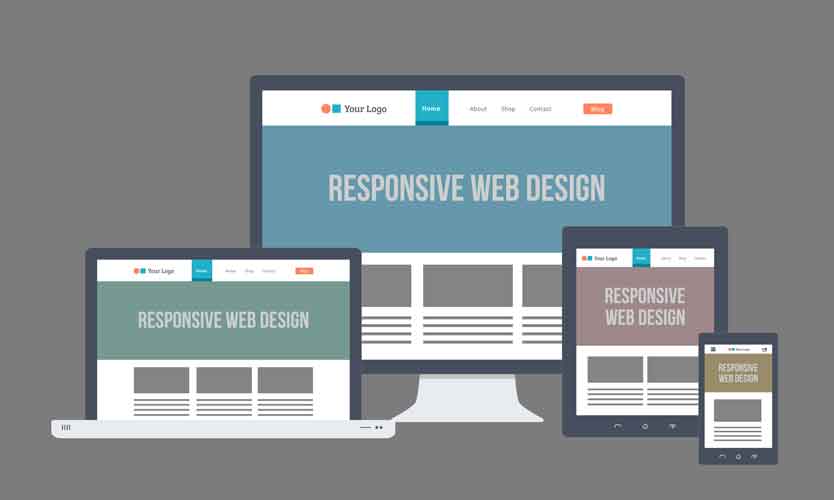What Makes Users Come Back to Your Site?
In the digital age, building a website is not enough to ensure its success. The real challenge lies in retaining visitors and converting one-time users into loyal, returning visitors. Understanding what makes users return to your site can be a game-changer for your business, whether you’re running an e-commerce store, a blog, or any other type of online presence. In this article, we’ll explore the critical factors that drive users to come back to your website.

The Importance of User Retention
User retention refers to the ability of a website to keep its visitors engaged over time. Repeat visitors are often seen as a sign of success, as they indicate that your site provides value and meets the needs of your audience. Retaining users is more cost-effective than acquiring new ones, making it an essential aspect of long-term digital growth.
But what exactly makes users come back to a website? Let’s explore the key factors that drive user return.
1. High-Quality Content
Delivering Value Through Content
The quality of content on your website plays a critical role in driving repeat traffic. Whether it’s in the form of blog posts, videos, or product descriptions, content that resonates with your audience keeps them coming back for more. To retain users, you must ensure your content is:
Relevant: Tailor your content to the needs and interests of your target audience.
Engaging: Make your content interactive and thought-provoking.
Fresh: Regularly update your content to keep it relevant and current.
For instance, a blog that regularly posts helpful, insightful articles about industry trends or how-to guides will encourage visitors to return for new information. Similarly, an e-commerce site with detailed product descriptions and customer reviews will drive repeat visits as users return to browse new items or make purchasing decisions.
2. Personalization
Creating Tailored User Experiences

Personalization is a powerful tool that can make users feel like your website was built specifically for them. By tailoring the user experience based on individual preferences and behaviors, you increase the chances of repeat visits. Personalization can include:
Product Recommendations: For e-commerce websites, offering personalized product suggestions based on previous purchases or browsing history is a great way to drive return traffic.
Customized Content: Display content that matches the user’s previous interactions with your site. For example, if they’ve read specific articles in the past, suggest similar ones to keep them engaged.
Dynamic Content: Personalize your homepage or landing pages based on user location, behavior, or time of day.
By integrating personalization into your website, you show visitors that you understand their preferences and are committed to offering them a more relevant experience, which naturally encourages return visits.
3. Seamless User Experience
Optimizing Site Usability
A seamless and intuitive user experience (UX) is crucial for keeping users engaged and ensuring they return to your site. If your site is difficult to navigate, slow to load, or overly complicated, users are less likely to come back. Focus on improving the following aspects:
Fast Loading Times: Slow loading times are one of the biggest reasons for user abandonment. Ensure your website is optimized for speed to reduce bounce rates and increase the likelihood of return visits.
Mobile-Friendly Design: With mobile traffic on the rise, having a responsive design is essential. A website that’s easy to navigate on mobile devices ensures users can return to your site from anywhere, at any time.
Clear Navigation: Make sure your website’s navigation is intuitive and easy to follow. Users should be able to find what they’re looking for without hassle.
When your site offers a smooth and frustration-free experience, users are more likely to return and continue engaging with your content.
4. Regular Updates and Fresh Features
Keeping Things New and Exciting
Users are more likely to return to a site that evolves and offers new, engaging content or features. Regularly updating your website with new content, services, or features gives users something to look forward to each time they visit. Examples of how to keep your website fresh include:
New Blog Posts or Articles: For content-based websites, consistent updates with relevant, fresh articles keep users coming back for more.
Seasonal Promotions and Sales: For e-commerce sites, offering limited-time promotions or new product lines can encourage users to return regularly to check for updates.
New Features: Websites that continuously evolve and add new functionalities keep users engaged. Whether it’s a new tool, design update, or feature, fresh offerings keep the experience exciting and worthwhile.
A website that is constantly changing and improving will give users a reason to return to discover what’s new.
5. Social Proof and Community Engagement
Building Trust and Connection
Social proof, in the form of reviews, ratings, and user-generated content, can significantly influence users to return to your site. When users see that others are actively engaging with your website and sharing positive experiences, it builds trust and encourages them to come back. Some ways to integrate social proof into your site include:
Customer Reviews and Testimonials: Displaying reviews or testimonials from other users adds credibility to your site and helps foster a sense of community.
Community Forums: Engaging your audience through forums or comment sections creates a space for users to interact with one another, which in turn can increase their likelihood of returning.
Social Media Integration: Incorporating social media feeds or sharing options makes it easier for users to engage with your brand outside of your website, encouraging repeat visits.
By fostering a sense of trust and community, users are more likely to return to your site to be part of the ongoing conversation or stay updated on your products or services.
6. Incentives and Rewards
Encouraging Loyalty

Offering rewards or incentives can be a powerful motivator for users to return to your site. For example:
Loyalty Programs: Rewarding users for repeat purchases or engagement with your site can increase the chances of them returning to your site for future transactions.
Exclusive Offers: Providing access to exclusive deals, content, or promotions for returning visitors creates a sense of value and incentivizes them to come back.
Gamification: Incorporating elements of gamification, such as earning badges or points for interacting with your site, can encourage users to keep returning to achieve new goals.
By offering something in return, whether it’s a discount or exclusive content, you increase user loyalty and incentivize repeat visits.
Conclusion
Fostering Long-Term Engagement
In the competitive world of online content and e-commerce, retaining users and ensuring they come back to your website is crucial for long-term success. By focusing on high-quality content, personalization, seamless UX, regular updates, social proof, and offering incentives, you can create an engaging and valuable experience that keeps visitors coming back for more.
Building user retention takes time and effort, but the rewards are well worth it. Loyal users will not only return to your site but will also become advocates, driving more traffic and boosting your site’s overall success.




